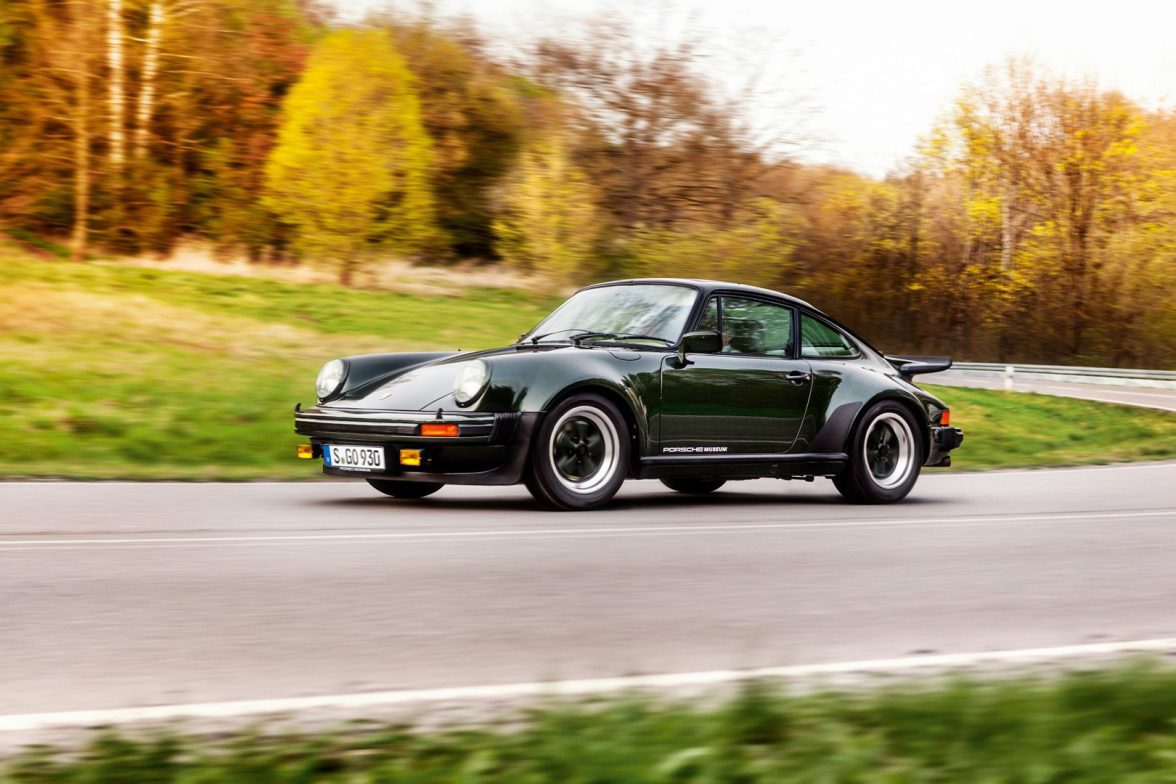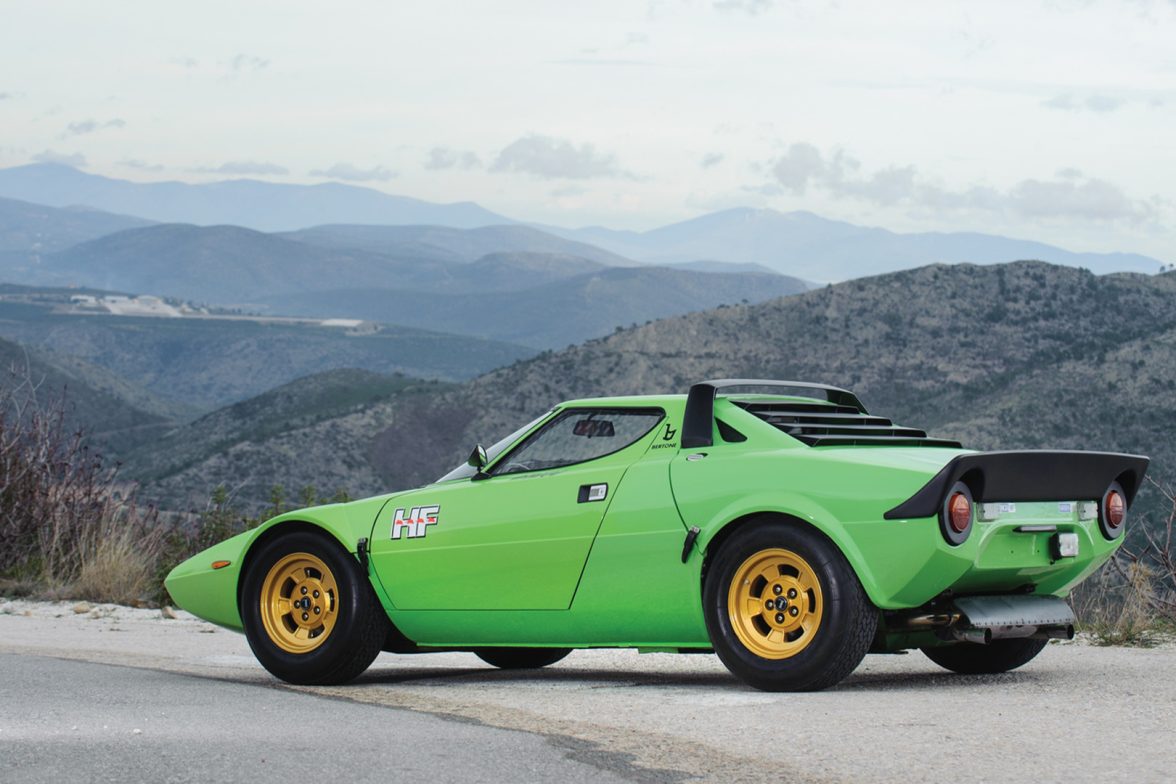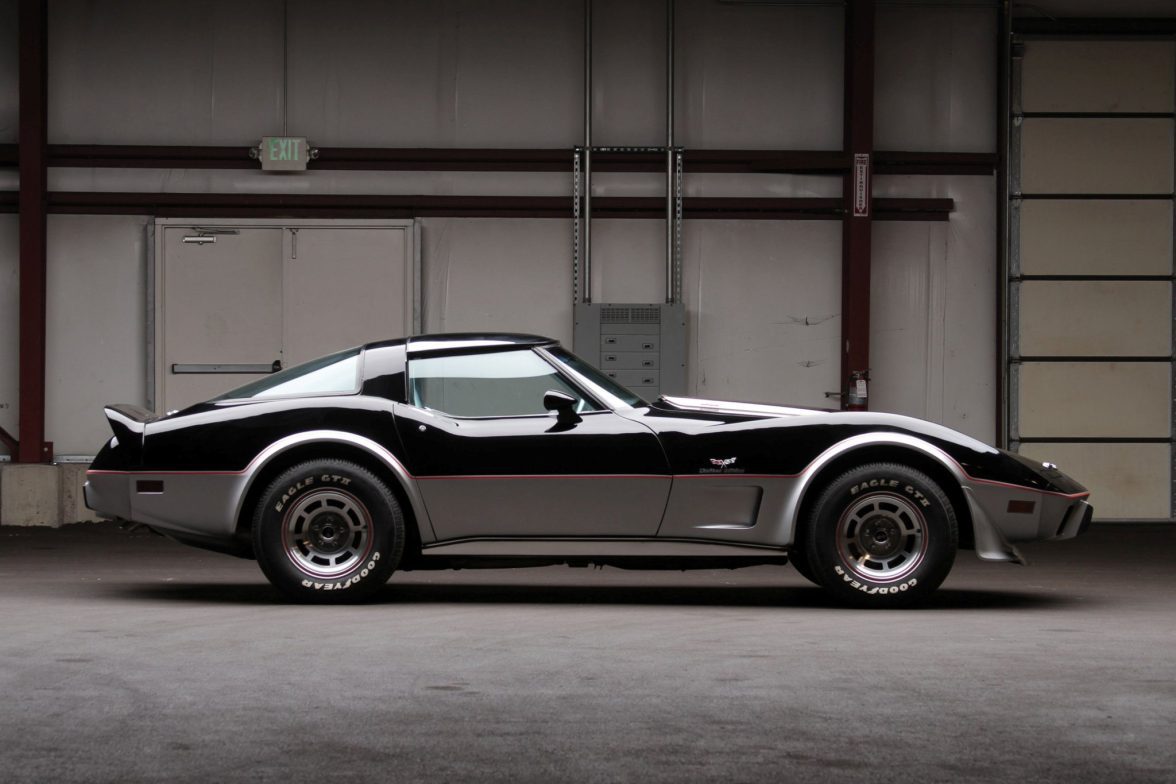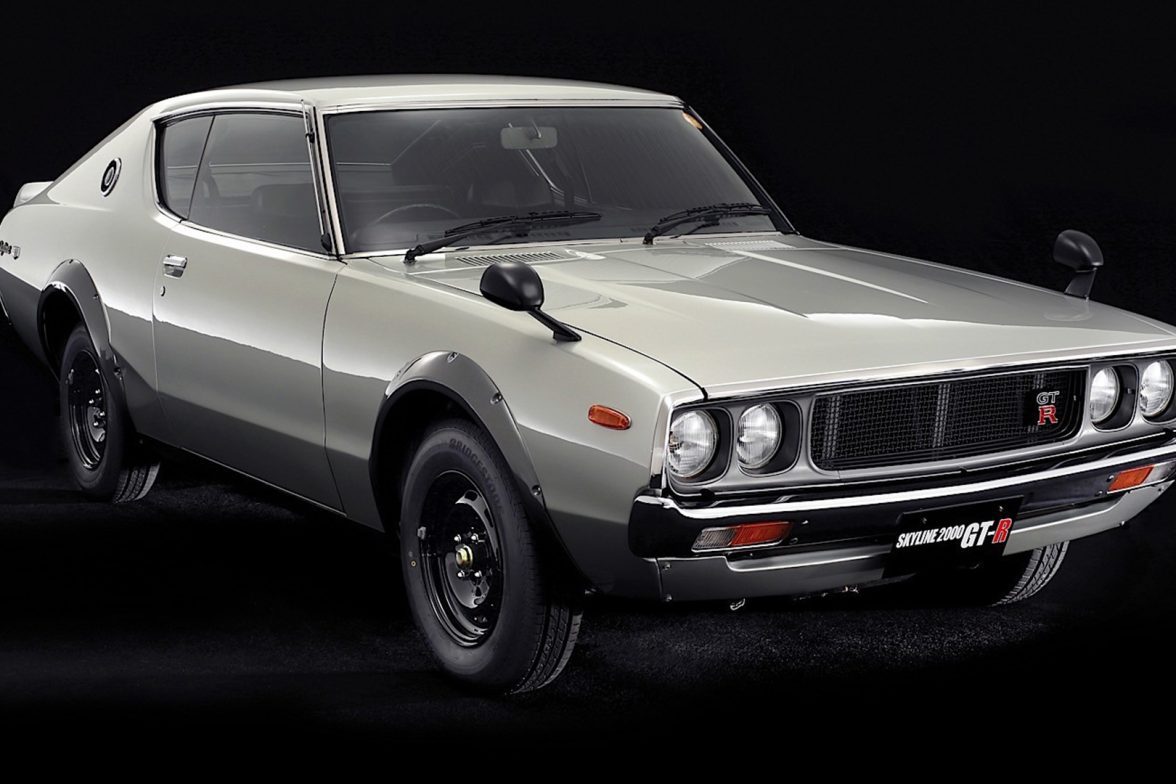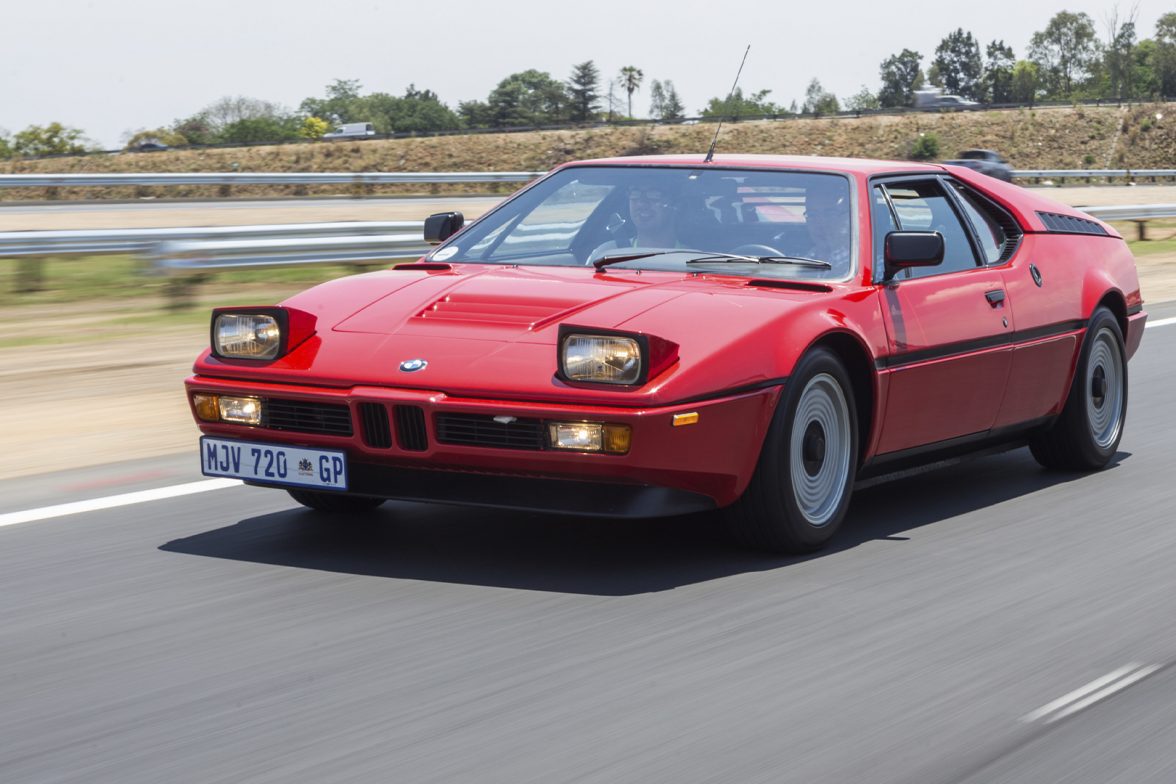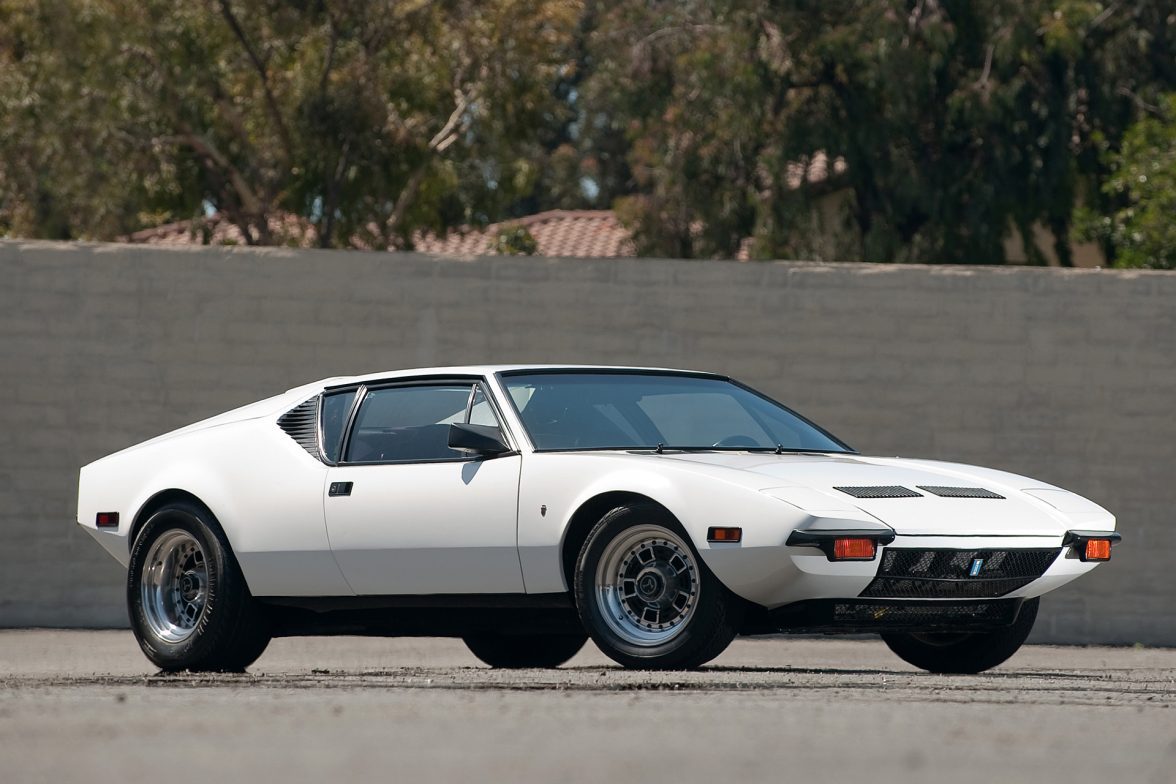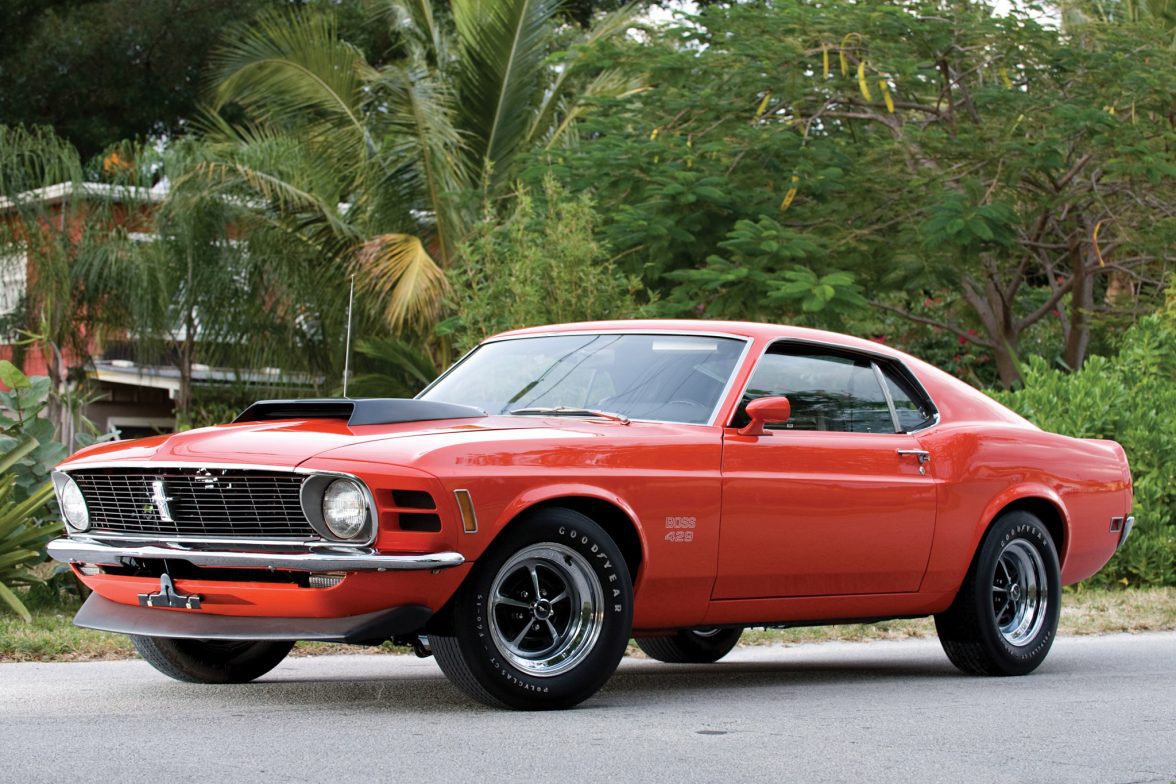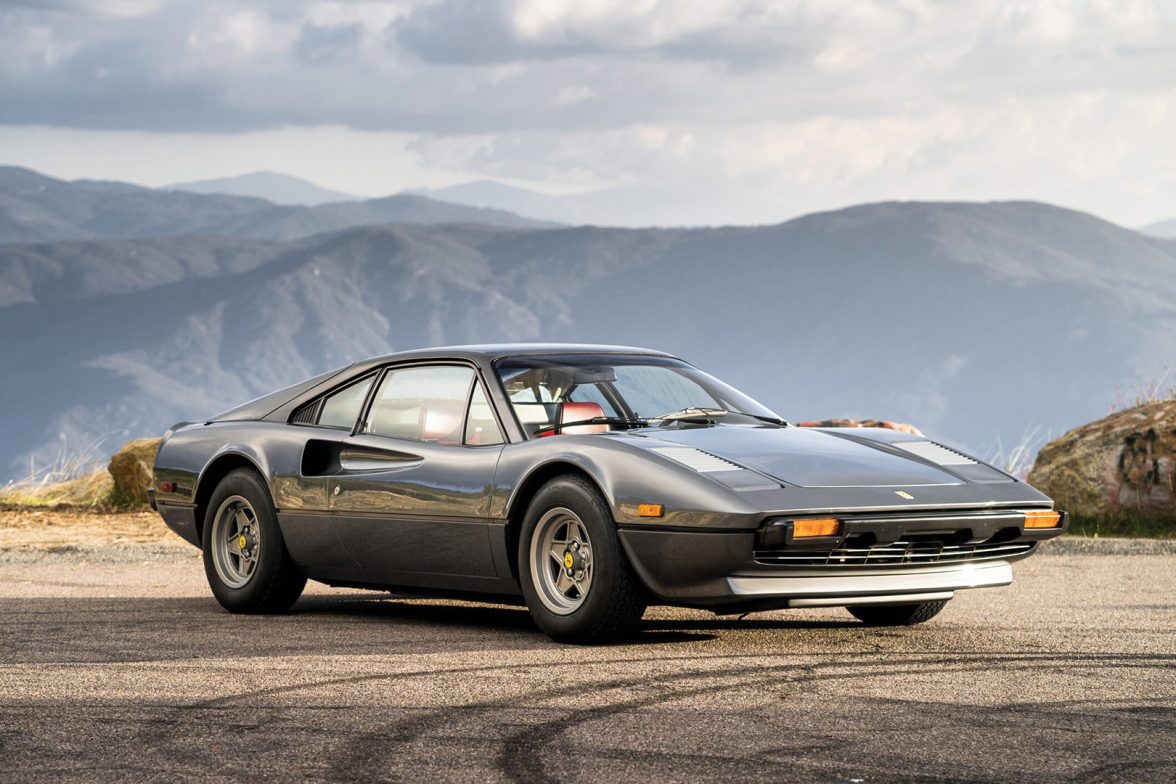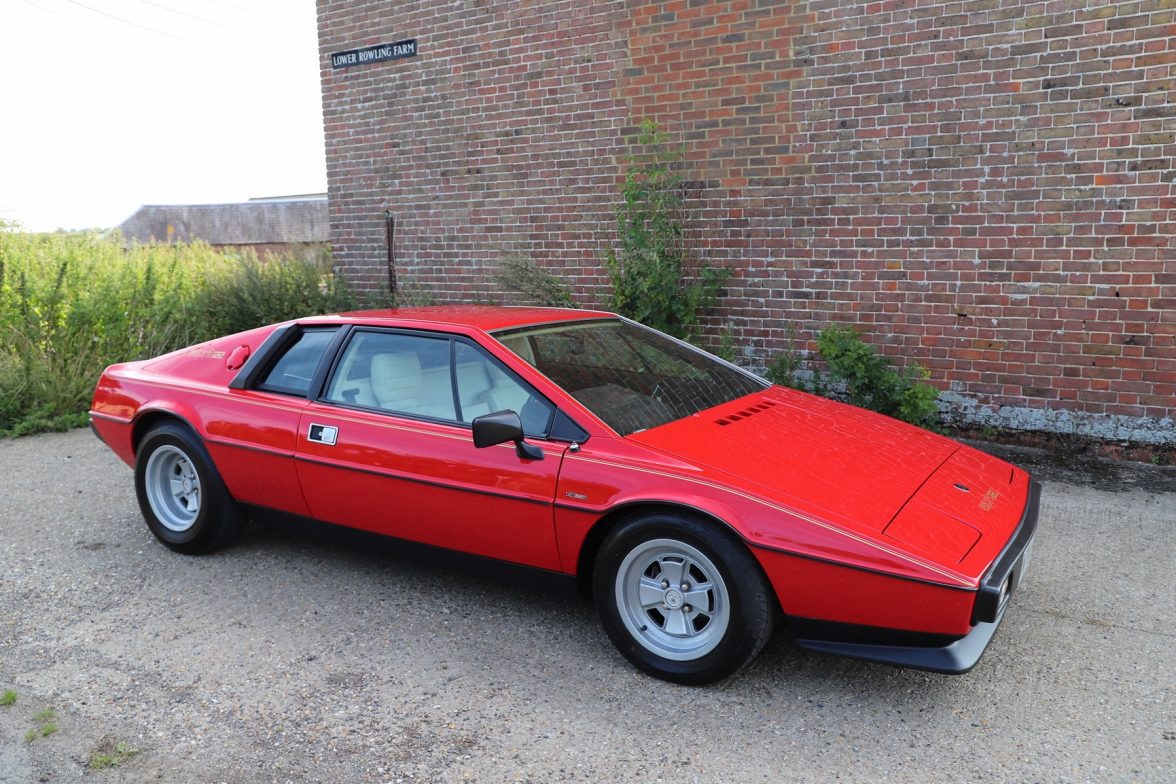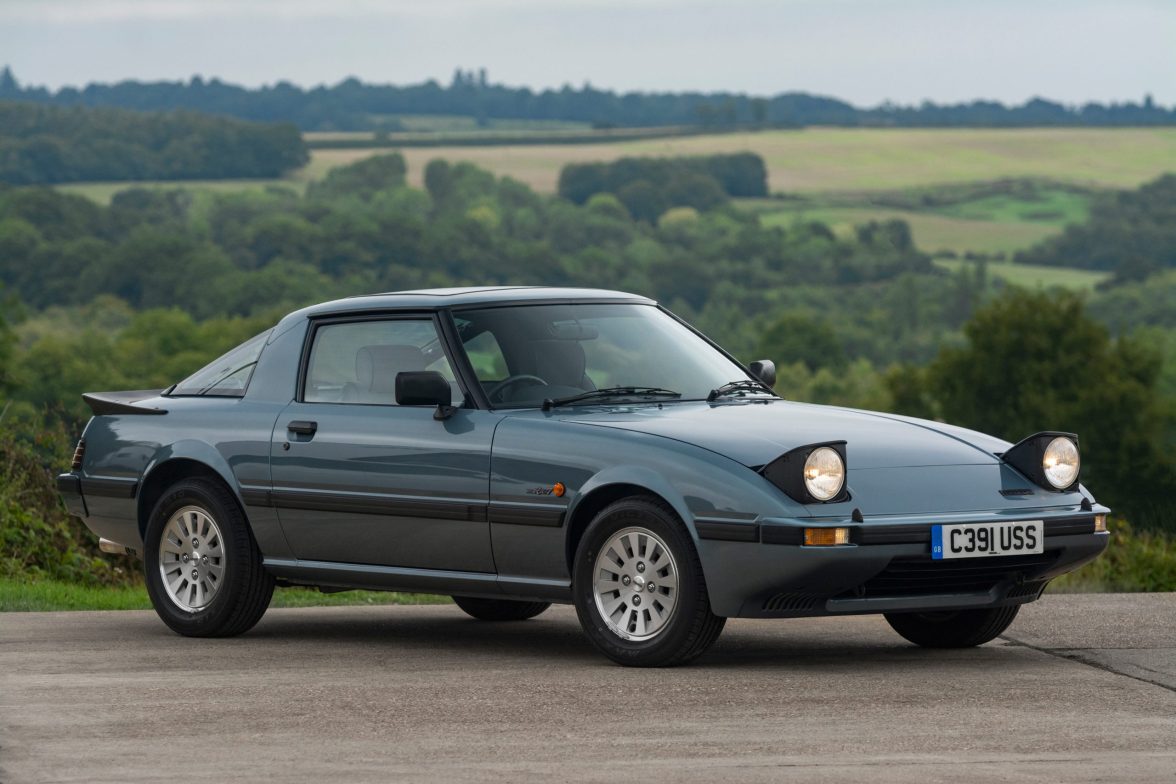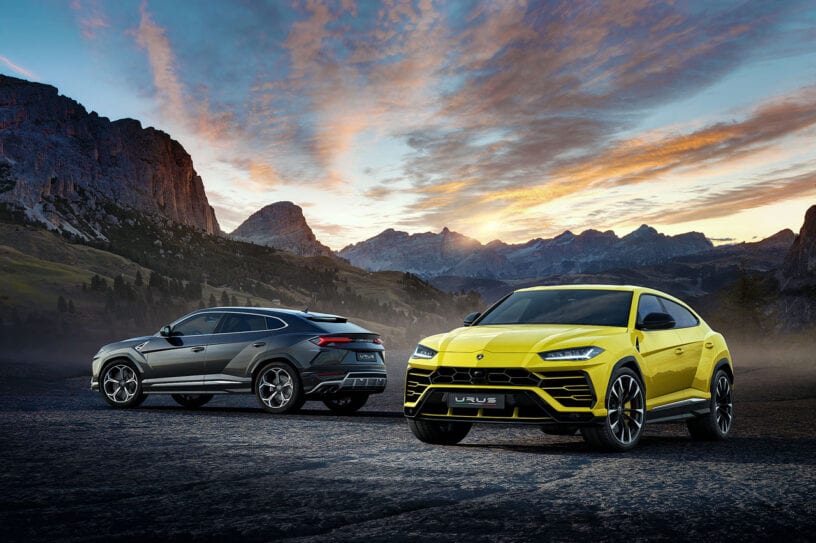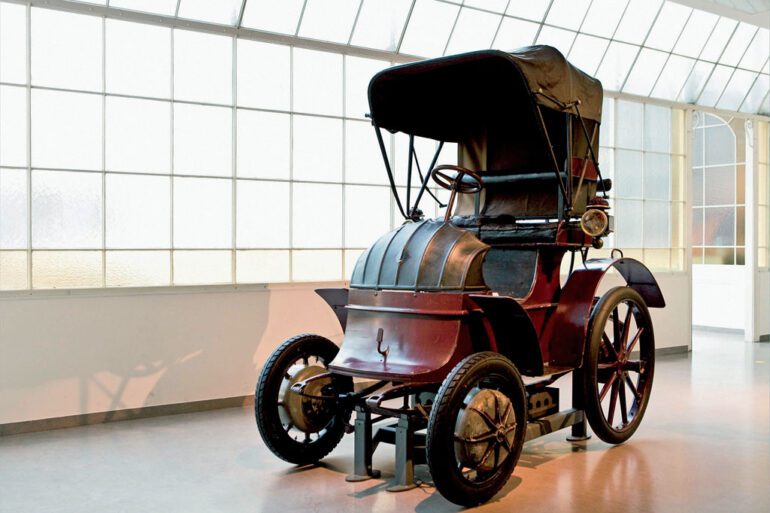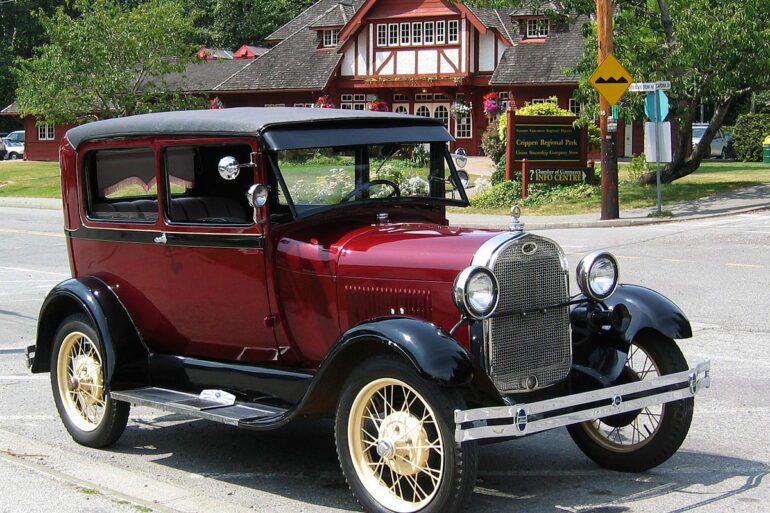The Best Sports Cars of the 1970s
Updated December 2023 by Eduardo Zepeda
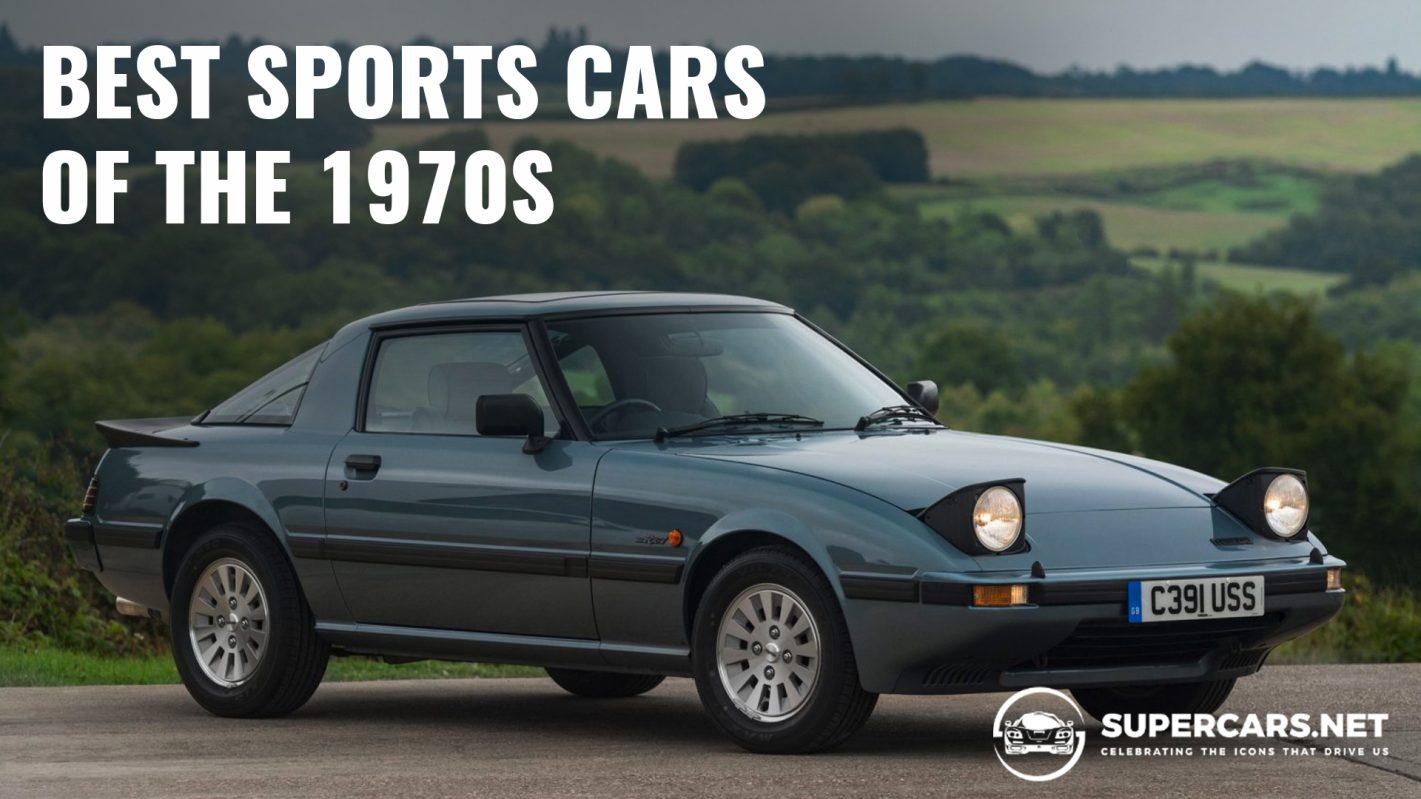
The 1970s produced some of the most iconic and thrilling sports cars the world had ever seen.
About Our Selections
In the vibrant era of the 1970s, automotive enthusiasts witnessed the birth of some of the most iconic sports cars that would define an entire generation of performance and style. Today's auto enthusiasts still adore the sports cars from the 1970s with their rumbling motors and aerodynamic silhouettes.
From sleek European stallions like the Porsche 911 Turbo to muscle-bound American brutes like the Chevrolet Corvette, these machines were more than just transportation; they were rolling works of art, testaments to human engineering ingenuity, and symbols of freedom and rebellion on four wheels.
1975 Porsche 911 Turbo 3.0 (930)
Supercar slayer
Why We Picked It:
For the 1975 model year, Porsche introduced the 911 Turbo, a more powerful version 911. The Porsche 911 Turbo (930) has been hailed as the pinnacle of the 911 lineage since its release.
A 3.0-liter flat-six engine with a single massive turbocharger produced 260 hp at 5,500 rpm and 254 lb-ft of torque at 4,000 rpm. Acceleration from 0 to 60 mph took 5.5 seconds and could reach 155 mph. The Porsche 911 Turbo 930 debuted in a decade when automobiles were large, heavy, and slow.
Its monstrous rear-mounted engine fitted a 1.0 bar KKK 3 LDZ turbocharged with an insane turbo lag that transformed it into a power distribution system without a middle ground, making it nearly undrivable. Remember that there was no traction control or anti-lock brakes back then.
The 911 Turbo 3.0 (930) saved the sports car market from declining performance due to emissions regulations, proving that power and efficiency could coexist. It's renowned for its raw power, responsive handling, and unique exhaust note.
Specifications:
Price: $100,000-$300,000
Engine: 3.0L Turbocharged H6
Power: 260 hp
Torque: 254 lb-ft
Transmission: 4-Speed Manual
Curb Weight: 2,635 lbs
Highlights:
The 911 Turbo introduced the world to the potential of turbocharged engines in street cars, offering exhilarating power delivery and paving the way for future performance models.
Its performance puts the 911 Turbo 3.0 firmly in supercar territory, outclassing established rivals like Ferrari and Lamborghini.
Learn More:
1972 Lancia Stratos HF Stradale
Racing pedigree
Why We Picked It:
The 1972 Lancia Stratos HF Stradale is a unique sports car, distinguishing itself in several remarkable ways. At its core, the Stratos HF Stradale was designed with racing pedigree in mind, stemming from Lancia's dominance in rally competitions during that era. Its mid-engine layout sets it apart—a distinctive choice that enhances its balance and handling, providing an exhilarating driving experience.
Moreover, the Stratos HF Stradale boasts a groundbreaking design by Marcello Gandini of Bertone, featuring wedge-shaped styling that was revolutionary for its time. The compact dimensions and aggressive lines contribute to its aesthetic appeal and optimize aerodynamics, showcasing a fusion of form and function.
Its rarity and the combination of cutting-edge design, mid-engine dynamics, and a powerful heart make the 1972 Lancia Stratos HF Stradale truly special, solidifying its place among the automotive legends of the 1970s.
Specifications:
Price: $400,000–$700,000
Engine: 2.4L V6
Power: 190 hp
Torque: 166 lb-ft
Transmission: 5-Speed Manual
Curb Weight: 2,161 lbs
Highlights:
Under the hood, the Stratos HF Stradale packs a potent V6 engine sourced from Ferrari, delivering an impressive power-to-weight ratio.
This marriage of Italian engineering prowess results in a car that not only looks the part but also delivers a thrilling performance on both the road and the track.
Learn More:
1978 Chevrolet Corvette Stingray C3
An American icon
Why We Picked It:
The 1978 Chevrolet Corvette Stingray C3 is an automotive icon, blending raw power, seductive lines, and undeniable cultural significance. Despite its muscle car roots, the C3 handled surprisingly well. Independent suspension and four-wheel disc brakes provided agility and responsiveness, making it a proper driver's machine.
A range of V8 engines powered the 1978 Corvette Stingray C3. The standard engine was a 185-horsepower, 350 cubic-inch V8, while a more potent L82 option produced 220 horsepower. The car featured a rear-wheel-drive layout and was available with either a 3-speed automatic or a 4-speed manual transmission.
The C3 Corvette continued to refine its handling characteristics. The '78 model featured independent rear suspension, providing improved handling and ride comfort compared. The 1978 Chevrolet Corvette Stingray C3 remains special due to its classic American styling, T-Top roof option, refined interior features, and a balance of performance and comfort that defines the Corvette legacy.
Specifications:
Price: $25,000-$40,000
Engine: 5.7L V8
Power: 260 hp
Torque: 280 lb-ft
Transmission: 4-Speed Manual
Curb Weight: 3,557 lbs
Highlights:
The C3's handling was excellent, considering its muscle car heritage with its responsiveness and agility brought forth by its independent suspension and four-wheel disc brakes.
Compared to European supercars, the C3 offered exhilarating performance at a relatively accessible price point, making it a dream car attainable for many.
Learn More:
1978 Chevrolet Corvette Stingray C3
1973 Nissan Skyline GT-R C110
The "Kenmeri" GT-R
Why We Picked It:
The C110, sometimes also known as the "Kenmeri" after a popular Japanese TV drama," was Nissan's second-generation Skyline GT-R that debuted in 1973. Following its predecessor's footsteps, the C110 GT-R provided an even more elegant and smooth ride.
The C110 GT-R's 140 horsepower and 131 pound-feet of torque came from its 2.0-liter inline-six engine (S20). All of the power for the back wheels went from this engine, which was paired with a five-speed manual transmission.
A more aerodynamic design, updated suspension, and enhanced brakes were among the numerous upgrades made to the C110 GT-R compared to the Hakosuka.
Thanks to these upgrades, the vehicle is now more nimble and quick. It had front and rear disc brakes for the first time in a domestic car, thanks to its 6-cylinder in-line DOHC 24-valve S20 engine.
Specifications:
Price: $40,000-$60,000
Engine: 2.0L I6
Power: 160 hp
Torque: 130 lb-ft
Transmission: 5-Speed Manual
Curb Weight: 2,524 lbs
Highlights:
The C110's signature rectangular taillights, "Hakosuka" front grille, and optional "Over Fender" flares added distinctive visual flair and hinted at the car's performance potential.
With a top speed of 121 mph, the Nissan Skyline C110 GT-R could go from 0 to 60 mph in 8.8 seconds. For a vehicle of its day, these numbers were remarkable.
Learn More:
1978 BMW M1
The first BMW M car
Why We Picked It:
To compete in the FIA Group 5 racing series, BMW and Lamborghini worked together in the mid-1970s to develop a new model; 400 of these cars were made available to the public for purchase. Lamborghini gained notoriety for their menacing mid-engined sports cars with the iconic Miura.
Paul Bracq's revolutionary 1972 Turbo concept automobile inspired BMW to create a homologated, competitive vehicle. The sleek and futuristic appearance of the Turbo had an impact on Giorgetto Giugiario's subsequent vehicle design.
When Lamborghini pulled out of the project due to financial troubles, BMW Motorsport took over production of the chassis, suspensions, and other crucial components. The 3.5-liter inline six-cylinder engine that the BMW 6 and 7 Series sedans shared was competent, but it needed a significant update to meet the car's goals.
The M1 redefined what BMW could be, leaving a legacy of daring design, thrilling performance, and a touch of Italian magic.
Specifications:
Price: $300,000-$800,000
Engine: 3.5L Inline-Six
Power: 277 hp
Torque: 243 lb-ft
Transmission: 5-Speed Manual
Curb Weight: 3,400 lbs
Highlights:
Giorgetto Giugiaro created the M1. The M1's streamlined shape, sharp angles, and clean lines are all products of his design genius.
The M1 was the first mid-engine BMW. Breaking tradition, this Italian-bodied beast defied expectations with its mid-engine layout, unleashing unparalleled handling and raw power.
Learn More:
1971 De Tomaso Pantera
Blending Italian finesse with American muscle
Why We Picked It:
Because it was the first to combine Italian style with American muscle, the 1971 De Tomaso Pantera is an iconic vehicle in the automotive industry. The unusual partnership between American Ford and Italian De Tomaso was one of the Pantera's defining characteristics.
Instead of the usual Italian engines, the Pantera used a powerful Ford 351 cubic-inch V8 under the hood. Thanks to the teamwork, the performance was guaranteed, and service and maintenance were also made easier, opening it up to more people.
The unusual and stylish design by Ghia's Tom Tjaarda was another notable aspect. Typical of 1970s muscle car styling, the Pantera was eye-catching thanks to its aggressive lines, low-slung profile, and pop-up headlights.
In addition to its good looks, the Pantera's handling and performance were improved since it was one of the first American production vehicles to feature a mid-engine configuration.
Specifications:
Price: $100,000-$300,000
Engine: 5.8L V8
Power: 310 hp
Torque: 380 lb-ft
Transmission: 5-Speed Manual
Curb Weight: 3,155 lbs
Highlights:
The Pantera was relatively affordable compared to European supercars, making the dream of owning a mid-engine Italian sports car more accessible. This democratization of speed was a significant factor in its appeal.
Designed by Tom Tjaarda at Carrozzeria Ghia, the Pantera boasted a low-slung, wedge-shaped profile with aggressive pop-up headlights, sharp lines, and a sculpted rear end. It oozed Italian passion and exuded a futuristic aura.
Learn More:
1970 Ford Mustang Boss 429
The boss
Why We Picked It:
The Boss 429 Mustang is very sought-after by collectors due to its small production run of 1,359 units over two years. Among all Mustangs, the Boss 429 ranks high in adoration and demand.
The Boss 429's engine was homologated for use in NASCAR, which was the only reason it went into production. So, Ford didn't bother advertising the legendary Mustang.
A fastback chassis supported the aggressively shaped Boss 429. For the 1970 model year, the Boss brought back its instantly identifiable chin spoiler, "Boss 429" decals, and big hood scoop.
But in 1970, all of the hood scoops of the Boss 429 were repainted a basic black. The model year 1970 Boss 429s did away with the four-lamp front layout. The 429's newly designed dual-beam headlights and air intakes in the corners were a perfect fit.
Specifications:
Price: $130,000-$600,000
Engine: 7.0L V8
Power: 375 hp
Torque: 450 lb-ft
Transmission: 4-Speed Manual
Curb Weight: 3,560 lbs
Highlights:
Ford's Interior Decor Group, which included a Rim-Blow steering wheel, simulated teak wood-grained trim, and "Comfortweave" vinyl bucket seats, was standard equipment on the Ford Mustang Boss 429.
Ford's Visibility package was available for the Boss, which came with an illuminated ignition switch, ashtray light, glove box lock, baggage compartment light, and parking brake warning light.
Learn More:
1975 Ferrari 308 GTB
A Pininfarina masterpiece
Why We Picked It:
The Ferrari 308 GTB wasn't just a car but an automotive masterpiece that captured hearts and defined an era. Pininfarina's iconic wedge-shaped silhouette, sleek lines, pop-up headlights, and flying buttresses are pure Italian elegance. It's aged gracefully, remaining a head-turner even today.
A mid-mounted 3.0L V8 behind the driver unleashed 255 horsepower, propelling the car from 0 to 60 mph in under 6 seconds. The throaty exhaust and sharp handling made every drive an exhilarating adventure.
The 308 GTB spawned numerous variants, each adding its twist to the formula. From the turbocharged 308 GTS to the iconic Ferrari F40, its influence lives on in some of the most coveted cars ever built.
The Ferrari 308 GTB wasn't just a fast car but a cultural phenomenon. Its timeless design, thrilling performance, and pop culture presence solidified its place as a legend, forever a Prancing Horse with a captivating allure.
Specifications:
Price: $40,000-$160,000
Engine: 3.0L V8
Power: 255 hp
Torque: 210 lb-ft
Transmission: 5-Speed Manual
Curb Weight: 2,800lbs
Highlights:
Leonardo Fioravanti of Pininfarina designed the Ferrari 308 GTB, along with the Dino, the Berlinetta Boxer, and the Daytona.
The 308 GTB inherits the rich racing pedigree and engineering excellence synonymous with the brand. It contributed to the legacy that extends from the racing circuit to the streets.
Learn More:
1978 Lotus Esprit S2
Design meets attainable performance
Why We Picked It:
The 1978 Lotus Esprit epitomizes greatness in sports car design and performance. Giorgetto Giugiaro's sleek, wedge-shaped body exudes aerodynamic excellence.
The mid-engine layout, featuring a lightweight and agile chassis, has remarkable handling and responsiveness. With its heart nestled behind the cockpit, the 2.0L engine unleashed 160 horsepower, launching this featherweight (under 2,600 lbs) to 60 mph in a hair-raising 6 seconds.
This combination of design and engineering prowess allows the Esprit to accelerate from 0 to 60 mph in around 8 seconds, showcasing its impressive speed capabilities.
Beyond its speed, the Esprit embodies the Lotus philosophy of delivering an engaging and visceral driving experience, making it a driver-centric sports car. Thanks to its lightweight construction and agile suspension, the Esprit danced through corners precisely, rewarding skilled drivers with pure driving bliss.
Specifications:
Price: $100,000-$300,000
Engine: 2.0 I4
Power: 160 hp
Torque: 140 lb-ft
Transmission: 5-Speed Manual
Curb Weight: 2,557 lbs
Highlights:
The 1978 Lotus Esprit S2 was audacious, elegant, and exhilarating, offering a taste of supercar magic wrapped in an attainable package.
The S2's specifications reflect the 1978 Lotus Esprit's emphasis on lightweight construction, aerodynamic design, and a powerful yet compact engine.
Learn More:
1978 Mazda RX-7 GSX
An automotive revolution from Far East
Why We Picked It:
In 1978, the Mazda RX-7 roared onto the scene, not just as a sports car but as a revolution. It offered a unique, high-pitched scream and lightning-fast response by switching conventional pistons for the exotic and high-revving rotary engine.
Compact and nimble, the RX-7 danced through corners precisely, challenging heavier muscle cars for supremacy on winding roads. It was a scalpel against sledgehammers.
Compared to European rivals, the RX-7 offered accessible performance and exotic technology for the everyday enthusiast. It democratized the thrill of high-performance sports cars.
The RX-7 spawned a dynasty, evolving through three generations and inspiring countless tuners and enthusiasts. It remains a symbol of Mazda's daring ingenuity and a reminder that sometimes the unconventional path leads to greatness.
The 1978 Mazda RX-7 dared to be different, offered an unrivaled driving experience, and redefined what a sports car could be.
Specifications:
Price: $8,000-$22,000
Engine: 1.3L V8
Power: 130 hp
Torque: 117 lb-ft
Transmission: 4-Speed Manual
Curb Weight: 2,358 lbs
Highlights:
The RX-7's lines, pop-up headlights, and hidden rear taillights embody Japanese design. It was a futuristic vision, unlike anything Europe or America had to offer.
The RX-7's unique and innovative rotary engine became a hallmark of Mazda's engineering. The compact and lightweight Wankel rotary engine delivered a high power-to-weight ratio and a distinctive and smooth power delivery.


